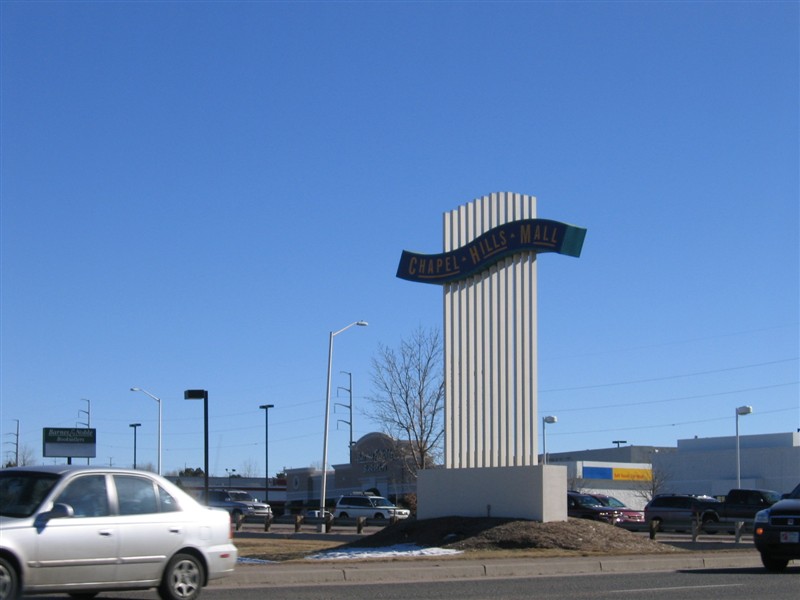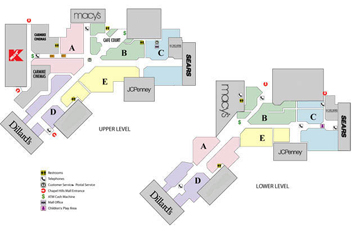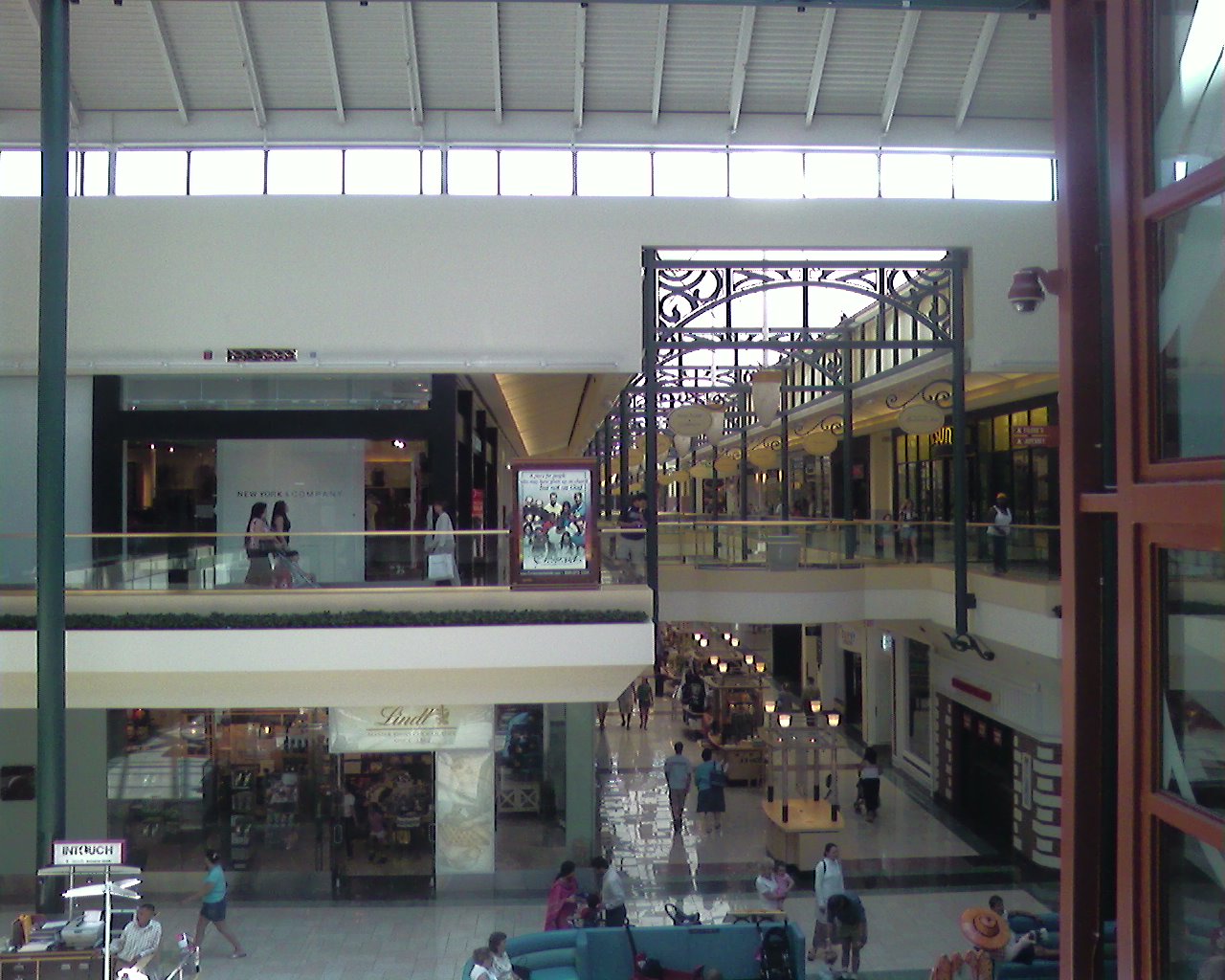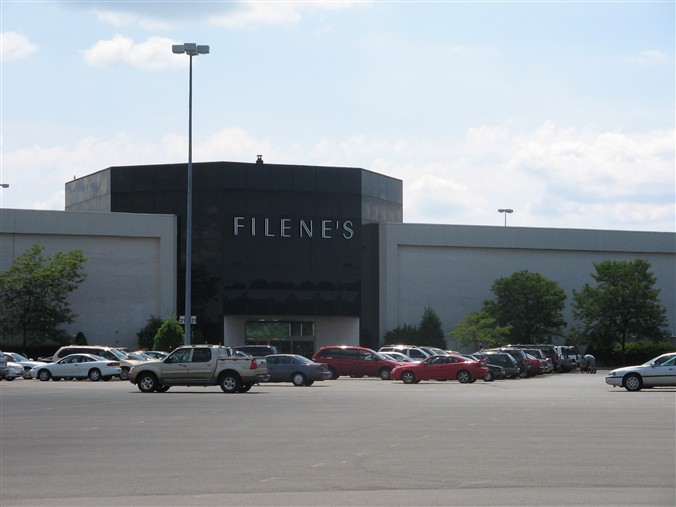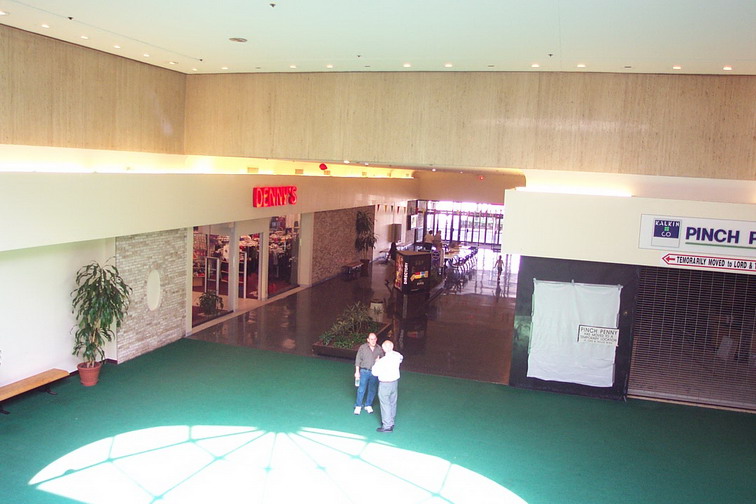On October 5, 2006, Kohl’s Department Stores embarked on the largest grand opening in its history, opening 65 stores in 30 states.
At an analysts’ convention in Tampa, they also revealed future plans for expansion. Currently, Kohls has about 820 stores in 45 states; however, they plan to open 115 stores next year, and about 270 more between 2007 and 2010. Their same-store sales were up 16.3 percent from the same time in 2005, and September 2006 total sales rose 26.1 percent.
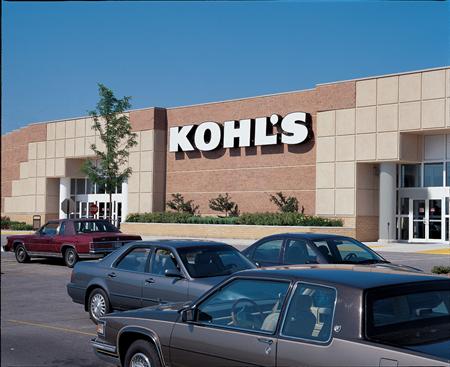 The linear growth model of Kohl’s reads more like a log function than anything else. Coming from suburban Milwaukee, Wisconsin, Kohl’s has grown by leaps and bounds to be as successful as it is today. But why? I offer up a few suggestions. The first is that Kohl’s was opportunistic and came up at the right place in the right time. Kohl’s Department Stores began in 1962 under the helm of Max Kohl, a grocer in the Milwaukee area since 1946 who operated Kohl’s food stores. In 1972, the British-American Tobacco Company (BATUS) purchased both Kohl’s grocery and department stores, yet the Kohl family stayed on to administrate the stores until 1979 when they left altogether. Interestingly, Max Kohl’s son Herb is now the senior United States Senator from Wisconsin.
The linear growth model of Kohl’s reads more like a log function than anything else. Coming from suburban Milwaukee, Wisconsin, Kohl’s has grown by leaps and bounds to be as successful as it is today. But why? I offer up a few suggestions. The first is that Kohl’s was opportunistic and came up at the right place in the right time. Kohl’s Department Stores began in 1962 under the helm of Max Kohl, a grocer in the Milwaukee area since 1946 who operated Kohl’s food stores. In 1972, the British-American Tobacco Company (BATUS) purchased both Kohl’s grocery and department stores, yet the Kohl family stayed on to administrate the stores until 1979 when they left altogether. Interestingly, Max Kohl’s son Herb is now the senior United States Senator from Wisconsin.
Through the 1970s and early 1980s, Kohl’s grocery and food stores operated in tandem and were often physically adjacent in shopping centers throughout southeastern Wisconsin. At many locations, the stores also shared an entrance and customers could choose whether they wanted groceries or a department store by turning left or right once inside. The stores were, however, physically separated by a barrier and only the front entrance atrium was common to both.
In 1983, the grocery store division of Kohl’s was sold to A&P, who continued to operate and even open new locations until they all closed in 2003. BATUS continued to operate Kohl’s department stores until 1986, when they were sold to a group of independent investors who continues to operate the stores today.
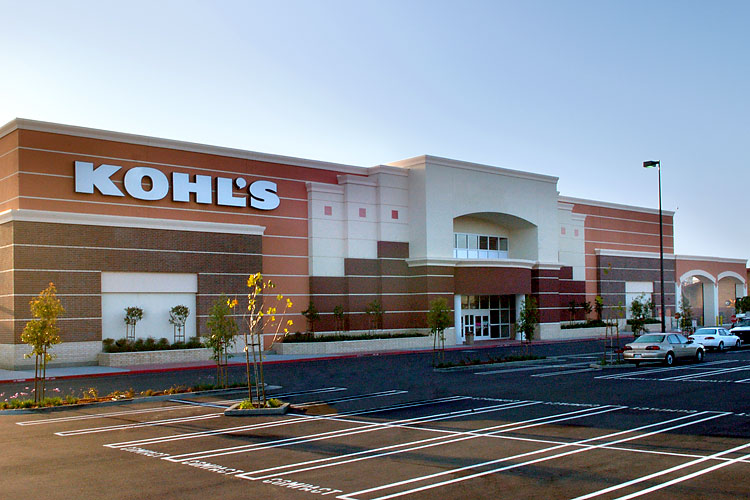 Expansion came slow for Kohl’s at first, but once it began it rose exponentially. Until the mid 1980s there were less than 40 stores in Wisconsin, Illinois, and Indiana. Also in the mid-1980s, Kohl’s took over a struggling similar chain called Main Street Stores in the Chicagoland area, and they opened their store in my hometown of Janesville, Wisconsin in 1986, in a former Montgomery Ward location in the Janesville Mall.
Expansion came slow for Kohl’s at first, but once it began it rose exponentially. Until the mid 1980s there were less than 40 stores in Wisconsin, Illinois, and Indiana. Also in the mid-1980s, Kohl’s took over a struggling similar chain called Main Street Stores in the Chicagoland area, and they opened their store in my hometown of Janesville, Wisconsin in 1986, in a former Montgomery Ward location in the Janesville Mall.
 Since the 80s, Kohl’s has expanded where other chains have failed, pairing its excellent customer service reputation with high quality, often name brand merchandise at discounted prices. Kohl’s made a niche market for itself in between discounters such as Target, Wal-Mart, and K-Mart, and full-line department stores like Macy’s, Dillard’s, and JCPenney. As Kohl’s focuses heavily on softline merchandise and very little on electronics (aside from small appliances and gadgets, Kohl’s abandoned its full electronics department in 1994) it is very popular with women. They’ve used other chain failures such as Clover, Ames, Caldor, and Bradlees in the northeast to swoop in and open stores there to expand their concept over the past 9 years. If Kohl’s continues on their track to 1,200 stores by 2010 they will be one of the most successful chains in history.
Since the 80s, Kohl’s has expanded where other chains have failed, pairing its excellent customer service reputation with high quality, often name brand merchandise at discounted prices. Kohl’s made a niche market for itself in between discounters such as Target, Wal-Mart, and K-Mart, and full-line department stores like Macy’s, Dillard’s, and JCPenney. As Kohl’s focuses heavily on softline merchandise and very little on electronics (aside from small appliances and gadgets, Kohl’s abandoned its full electronics department in 1994) it is very popular with women. They’ve used other chain failures such as Clover, Ames, Caldor, and Bradlees in the northeast to swoop in and open stores there to expand their concept over the past 9 years. If Kohl’s continues on their track to 1,200 stores by 2010 they will be one of the most successful chains in history.




